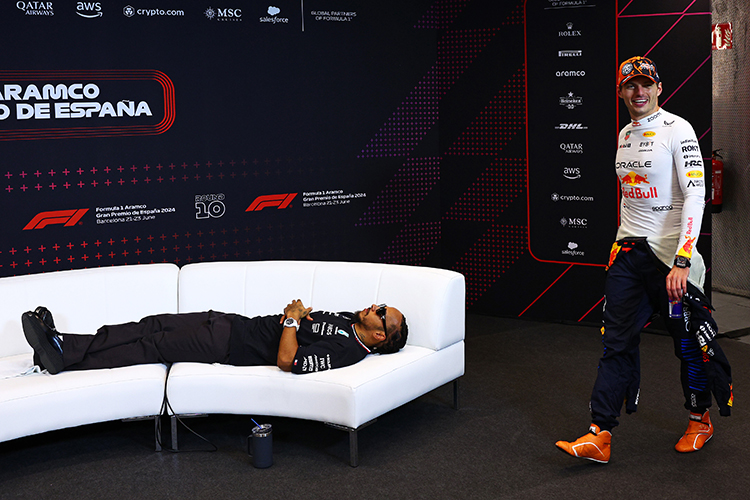How FIA Safety Standards Influence F1 Chassis Design

Formula 1 World Champions: A legacy of racing legends
How do regulations like the FIA’s safety standards influence the design of the F1 chassis?
Explore how FIA safety standards influence F1 chassis design, driving advancements in safety technology while maintaining performance at the pinnacle of motorsport.
Embedding Safety at the Core
In Formula 1, the chassis is the foundation of safety and performance. FIA safety regulations dictate every aspect of chassis design, ensuring it can withstand the demands of high-speed racing while prioritizing driver protection.
From materials to structural integrity, these regulations drive innovations that have made the modern F1 chassis an engineering marvel.
Crash Testing: Rigorous Safety Verification
Every F1 chassis must pass a series of FIA-mandated crash tests simulating various accident scenarios. These tests validate the safety and integrity of the design:
- Front and Side Impact Tests: Ensuring the chassis can absorb impact forces and protect the survival cell.
- Rollover Testing: Verifying the chassis' ability to shield the driver during rollovers, with specific focus on the halo device and roll-over hoops.
These stringent tests push teams to utilize advanced materials and cutting-edge design techniques to enhance driver safety.
Material Revolution: Advancements in Composite Technology
The adoption of carbon fiber composites has revolutionized F1 chassis design. This material offers an unmatched strength-to-weight ratio, providing robust protection while minimizing weight:
- Carbon Fiber Monocoque: The core structure that ensures the cockpit remains intact during high-impact collisions.
- Energy Absorption Structures: Innovative designs like honeycomb patterns dissipate kinetic energy to reduce crash forces.
The Halo: A Modern Safety Innovation
One of the most impactful advancements in F1 safety is the halo device, a titanium structure designed to protect drivers from head injuries:
- Design Integration: Teams had to adapt chassis designs to account for the halo’s weight, aerodynamics, and structural requirements.
- Impact Resistance: The halo undergoes rigorous testing to ensure it can withstand significant forces, such as debris strikes or collisions.
Since its introduction, the halo has saved lives and become an indispensable part of F1 safety design.
Rigorous Testing and Continuous Evaluation
FIA safety regulations are continuously updated based on real-world incidents and technological advancements. This proactive approach drives ongoing improvements:
- Data Analysis: Telemetry and crash data are studied to refine safety standards.
- Incremental Innovations: Insights from minor incidents lead to updates in materials and construction techniques.
Ensuring Race-Day Preparedness
Safety doesn’t stop at pre-season testing. FIA regulations mandate ongoing assessments to maintain high safety standards throughout the season:
- Inspection Procedures: Regular checks ensure all safety features remain compliant with FIA standards.
- Compliance Checks: FIA representatives perform thorough evaluations before every race to ensure adherence to regulations.
Conclusion
The FIA’s safety standards profoundly influence F1 chassis design, driving advancements in materials, structural integrity, and safety technology. These regulations ensure that driver safety is prioritized without compromising the sport's thrilling performance.
In the ever-evolving world of Formula 1, the FIA’s commitment to safety inspires innovation, shaping the future of motorsport while protecting its most valuable assets—its drivers. By embedding safety at the core of every design, Formula 1 continues to set the standard for excellence and responsibility in high-speed competition.
Up Next


